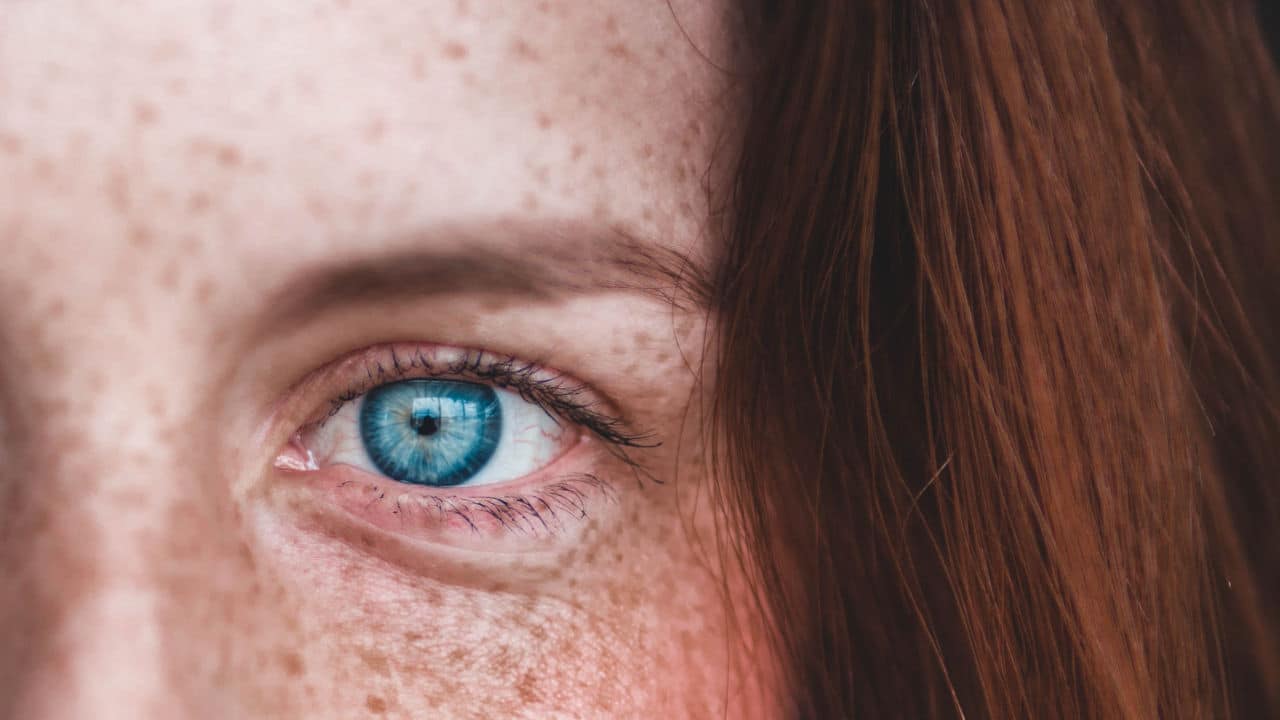One of the worst injuries to the human body is an eye injury. It’s a common occurrence across the globe. Brophy (2006), in her article titled Pediatric eye injury-related hospitalizations in the United States, revealed that “an estimated 2.4 million eye injuries occur in the United States each year, with nearly 35% of injuries among persons aged 17 years or less.” It can be accompanied by chronic headaches or even blindness. This is why the compensation to be issued for loss of sight sometimes is challenging to quantify because the eye is an invaluable organ of the body.
Various Forms Of Eye Injury
Welder’s eye is an example of an eye injury discussed further in this article.
However, just like every other body part that can be diseased or cease to function due to various factors, an eye injury isn’t limited to only the welder’s eye. It can be in different forms and levels of severity. This includes; corneal abrasion, tear in the retina, eye bruise, broken eye socket, fractured orbital bone, ruptured globe, welder’s eye, etc.

Welder’s eye injury has led to many lawsuits, such as the case of Ingalls Shipbuilding Corp. v. King. In this case, the appellee worked in his employee’s shipyard as a burner. By April 13, 1951, he was a 48-year-old man with good eyesight. His job entailed using a torch to burn a mixture of oxygen and acetylene, which gave off heat, brilliant red light, and infra-red rays while staying in a confined space called the inner bottoms of the ship. He wore goggles while working but sometimes still had tiny bits of metal fly through the vents of his goggles and stick to his eyeballs.
He visited a physician who prescribed glasses and diagnosed him with cataracts to get some relief. With the glasses, his eyes were in a condition when he could work. Therefore, he pleaded with his superiors to be transferred to a department that did not involve burning. He was refused, thereby leading the condition of his eyes to deteriorate further. The cataract he suffered was further worsened because of the UV light, causing the welder’s eye. The appellee was highly disabled by this and was awarded compensation by the court.
What Is Welder’s Eye?
Welder’s eye is also known as arc eye, welder’s flash, ultraviolet (UV) burn, photokeratitis, snow blindness, and arc flash. It is called welder’s eyes because the injury is common among welders. However, this condition is not limited to welders alone.

According to an article by Training Express titled What is Arc-Eye? Cause, Symptoms, Diagnosis, and Treatment, arc-eye is defined as “a painful eye condition in which our cornea becomes injured due to direct penetration of intense light. The cornea gets inflamed with bright Ultraviolet (UV) rays.”
With quick treatment, the cornea can repair itself. However, if this condition persists without appropriate treatment, it can lead to severe discomfort and even loss of sight. Some of the symptoms of a welder’s eye are watering, bloodshot or red eyes, blurry vision, inability to open the eyes, mild to severe headache, and feelings of dirt or particles in the eyes.
What Are the Causes of Welder’s Eyes?
The cause of the welder’s eye is not limited to welding activities. There are several other causes of this eye condition. This is why you need law graphics to assist you in proving your welder’s eye-related case. The eye is a delicate body member, and most people would not know all the parts and possible causes of injury. You have to go to the experts. Be rest assured, even the jury would prefer to leave this to the expert.
What can be done in this circumstance? Simple answer: Law graphics.
Law graphics can help you capture the eye injury and enumerate possible actions or omissions of the accused that caused the injury. Here are some of the causes of welder’s eye:
- Use of welding machine
- Reflection of the sun on the snow
- Exposure of the eyes to direct sunlight
- From UV light-emitting sources like halogen lamps, tan saloon, and photographer’s flood light
Proving Welder’s Eye Using Law Graphics
Welder’s eye is a critical situation that can be easily explained using law graphics, just like every other eye injury. It is impossible to pinpoint the damage in the eye just by looking at it. Therefore, it would need extra effort to portray the case before the court properly. Trial graphics can be used to zoom in on the properties of the eyes and highlight the point where the injury exists. Throw in a qualified expert in the field of medicine, an experienced attorney, and a splendid law graphics company, and you have got yourself a win!





